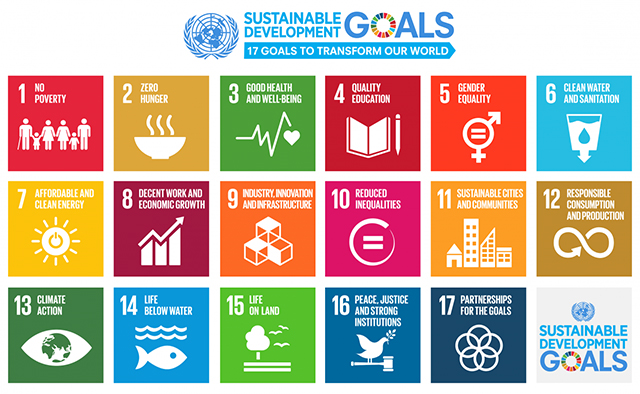Location
Room A155
Advisor(s)
Andrea Stuiber; Illinois Mathematics and Science Academy
Document Type
Presentation
Type
Information Motivating Public Activism (IMPACT)
Start Date
1-5-2019 11:00 AM
End Date
1-5-2019 11:20 AM
Abstract
Renewable energy is defined as an energy source that is consumed at the same rate at which it is replenished. This most often takes the form of solar, wind, geothermal, biomass, and hydroelectric power, among many others. Beyond simply being practically inexhaustible energy sources, renewable energy comes with myriad benefits. For instance, while 29% of the US’s total global warming emissions come from the energy sector (nearly entirely from fossil fuels), most renewable sources, even when considering the full life-cycle impact of the technologies (such as development, construction, maintenance, and decommission), account for almost none. Renewable energy has also repeatedly been shown to greatly improve public health. Air and water pollution from coal and natural gas plants cause respiratory, neurological, and heart damage, along with countless other problems. Renewable energy is also favorable to fossil fuels in the economic sense. While fossil fuel consumption is nowadays largely mechanized, renewable energy technologies are much more human-centered. Project development, installation, maintenance; all of these require human labor, which means that the renewable energy sector produces more jobs per unit of electricity generated than any other source.
As the US entered the 20th century, much of the mechanical and electric power, especially in urban areas, came from coal and oil. However, in the 1940s and 50s, growing tensions with oil-producing Middle Eastern countries and fears over the health risks associated with fossil fuels led many Americans to look for alternative solutions. Hydroelectric power, made commercially available in the 1880s, began to increase dramatically, and the first nuclear power plant was constructed at Brookhaven, New York in 1947. 1970, the establishment of the EPA shifted focuses to include environmental impacts. Since then, alternative energy sources of all forms have continued to increase in popularity, though remain a small portion of America’s total energy supply.
Creative Commons License

This work is licensed under a Creative Commons Attribution-NonCommercial-No Derivative Works 4.0 International License.
Renewable Energy in Chicago
Room A155
Renewable energy is defined as an energy source that is consumed at the same rate at which it is replenished. This most often takes the form of solar, wind, geothermal, biomass, and hydroelectric power, among many others. Beyond simply being practically inexhaustible energy sources, renewable energy comes with myriad benefits. For instance, while 29% of the US’s total global warming emissions come from the energy sector (nearly entirely from fossil fuels), most renewable sources, even when considering the full life-cycle impact of the technologies (such as development, construction, maintenance, and decommission), account for almost none. Renewable energy has also repeatedly been shown to greatly improve public health. Air and water pollution from coal and natural gas plants cause respiratory, neurological, and heart damage, along with countless other problems. Renewable energy is also favorable to fossil fuels in the economic sense. While fossil fuel consumption is nowadays largely mechanized, renewable energy technologies are much more human-centered. Project development, installation, maintenance; all of these require human labor, which means that the renewable energy sector produces more jobs per unit of electricity generated than any other source.
As the US entered the 20th century, much of the mechanical and electric power, especially in urban areas, came from coal and oil. However, in the 1940s and 50s, growing tensions with oil-producing Middle Eastern countries and fears over the health risks associated with fossil fuels led many Americans to look for alternative solutions. Hydroelectric power, made commercially available in the 1880s, began to increase dramatically, and the first nuclear power plant was constructed at Brookhaven, New York in 1947. 1970, the establishment of the EPA shifted focuses to include environmental impacts. Since then, alternative energy sources of all forms have continued to increase in popularity, though remain a small portion of America’s total energy supply.


